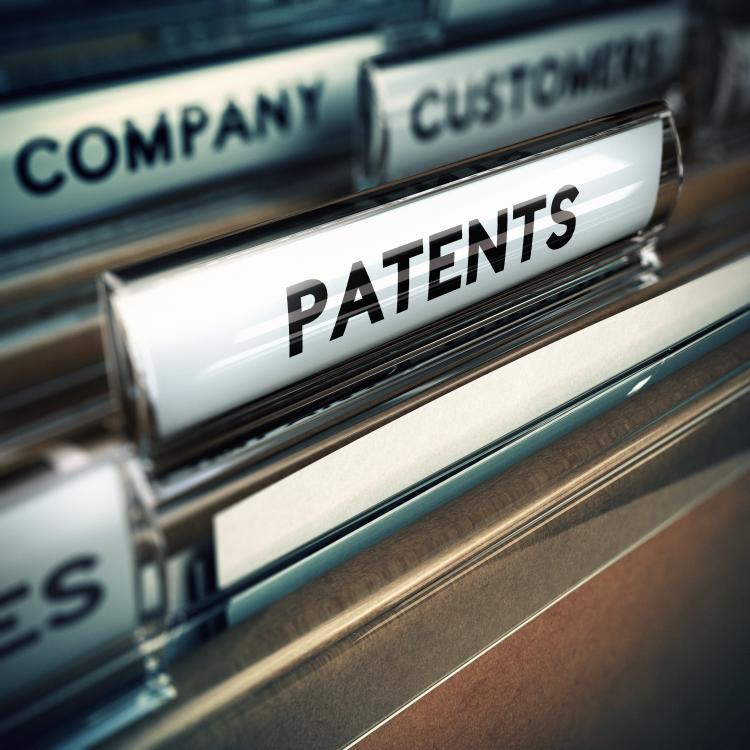
We previously reported that in AstraZeneca Canada Inc v Apotex Inc (AstraZeneca, 2017 SCC 36), the Supreme Court of Canada (SCC) rejected the “Promise Doctrine” as the correct approach to determine patent utility. Nevertheless, utility must be either demonstrated or soundly predicted by the filing date.
In Commissioner’s Decision No. 1437, Bioheap Limited’s Canadian Application Number 2,454,678, entitled “Adaptation of Bacteria for Use in Leaching”, was refused because the utility of the claimed subject matter was not established by demonstration or sound prediction as of the filing date. Claim 1 recites:
A method for the adaptation of bacteria for use in the leaching of ores and concentrates, the method characterised by the steps of:
a) Obtaining samples of bacteria exhibiting salt tolerance;
b) Combining the bacterial samples from step a) with a stock bacterial culture known to have the ability to oxidise sulphide minerals; and
c) Growing the combined culture of step b) over time in saline conditions to produce an adapted stock bacterial culture that expresses salt tolerance in addition to its ability to oxidise sulphide minerals.
The Patent Appeal Board (Board) construed the utility of the claims to be the production of "an adapted stock bacterial culture that expresses salt tolerance in addition to its ability to oxidise sulphide minerals." The Board focused its analysis on whether there was a sound prediction of the construed utility as of the filing date. With respect to the proper disclosure element of the test, the Board noted that aside from the common general knowledge, the factual basis and sound line of reasoning relied upon for sound production must be found in the application. The Board also noted that “a piece of knowledge only becomes general knowledge when it is generally known and accepted without question by the bulk of those who are engaged in the particular art; in other words, when it becomes part of their common stock of knowledge relating to the art”.
In the present case, in light of the general uncertainty regarding the mechanism(s) regarding the mechanism(s) of salt-tolerance, the Board found that a skilled person would not have been able to soundly predict the construed utility.
Summary By: Junyi Chen
E-TIPS® ISSUE
Disclaimer: This Newsletter is intended to provide readers with general information on legal developments in the areas of e-commerce, information technology and intellectual property. It is not intended to be a complete statement of the law, nor is it intended to provide legal advice. No person should act or rely upon the information contained in this newsletter without seeking legal advice.
E-TIPS is a registered trade-mark of Deeth Williams Wall LLP.